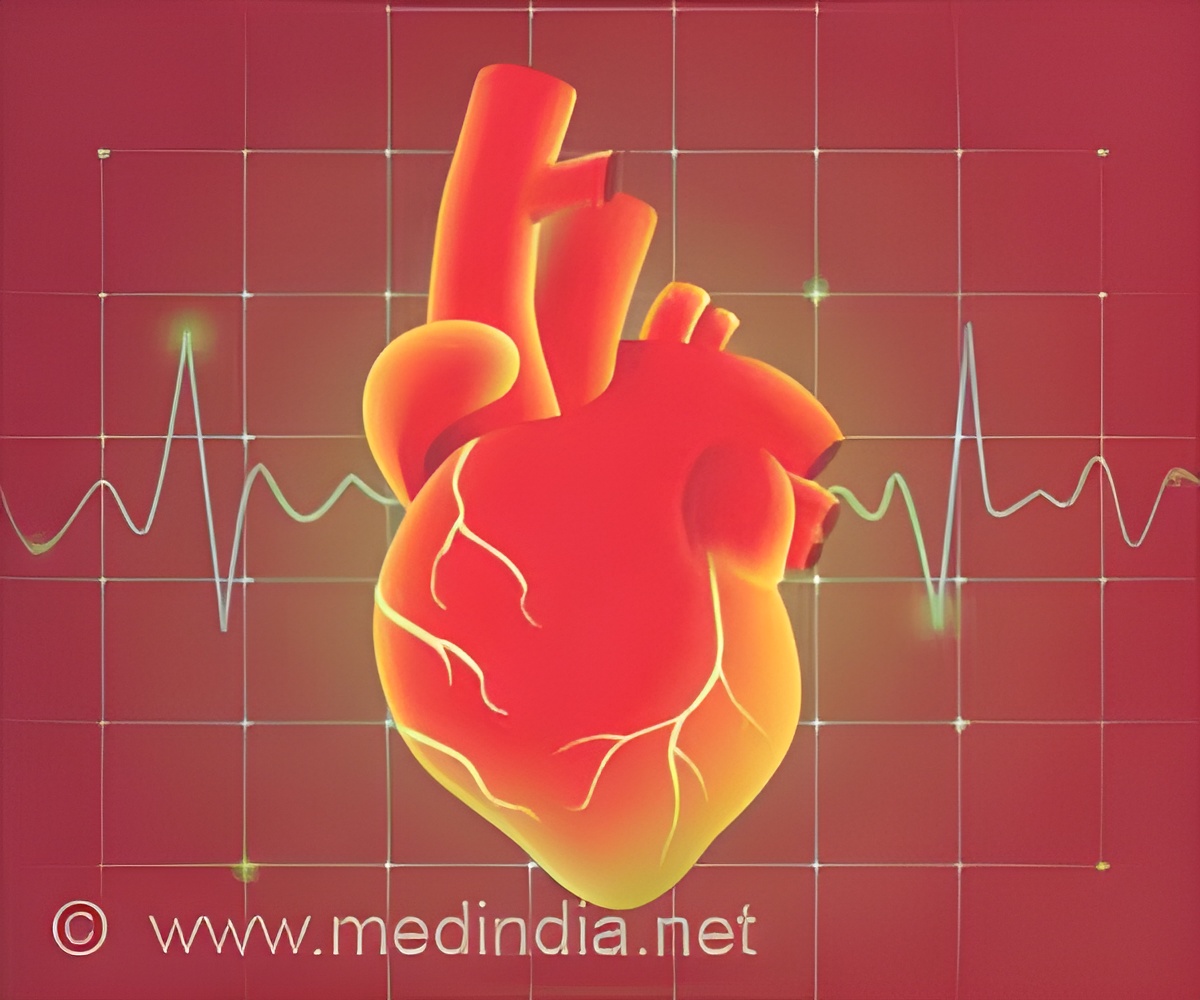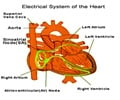New ECG procedure indicates whether an implantable defibrillator will extend a patient's life, stated new research.

‘One in four implanted defibrillators will lead to significant complications within ten years - from infections to spontaneous electric shocks.’





The EU-CERT-ICD study therefore examined the benefits of prophylactically implanted defibrillators throughout Europe. In a sub-study of the EU-CERT-ICD project, the scientists led by first author Prof. Axel Bauer (formerly LMU and currently Medical University of Innsbruck) and the two co-senior authors Prof. Georg Schmidt (TUM) and Prof. Markus Zabel (University Medical Center Göttingen) wanted to identify the patients who benefit most from the operation. PRD: an indicator of the electrical instability of the heart
Each heartbeat consists of a sequence of excitation (depolarization) and regression of excitation (repolarization). Heart failure often leads to overactivity of the sympathetic nervous system, a part of the autonomic nervous system that is active in stressful situations. This overactivity can destabilize the repolarization of the heart, resulting in a dramatic increase in the risk of damaging arrhythmias. These dangerous instabilities in repolarization can be recognized using a relatively new ECG procedure known as periodic repolarization dynamics (PRD). "Although the procedure involves intelligent algorithms, the measurements are relatively simple," explains Axel Bauer, who worked with Georg Schmidt to develop and validate the method.
In their prospective study, the scientists tracked 1,371 patients who met the current criteria for the implant of a defibrillator. Of the group, 968 actually underwent the operation, while the doctors treating the other 403 patients decided against a defibrillator.
High PRD value: indicative of benefits from an implantable defibrillator
Advertisement
"PRD could become an important decision making tool for physicians," says Georg Schmidt, the head of the Biosignal Processing Working Group at TUM's Klinikum rechts der Isar. "With the additional information, patients who would probably not benefit from a defibrillator could be spared the risk of an implant. Instead we could focus on those whose lives would likely be extended by the device." The results will first have to be confirmed in further studies, however, before they can be included in medical treatment guidelines. "An important step, among others, would be to conduct a study over a longer period," says Markus Zabel, the head of the main EU-CERT study.
Advertisement











